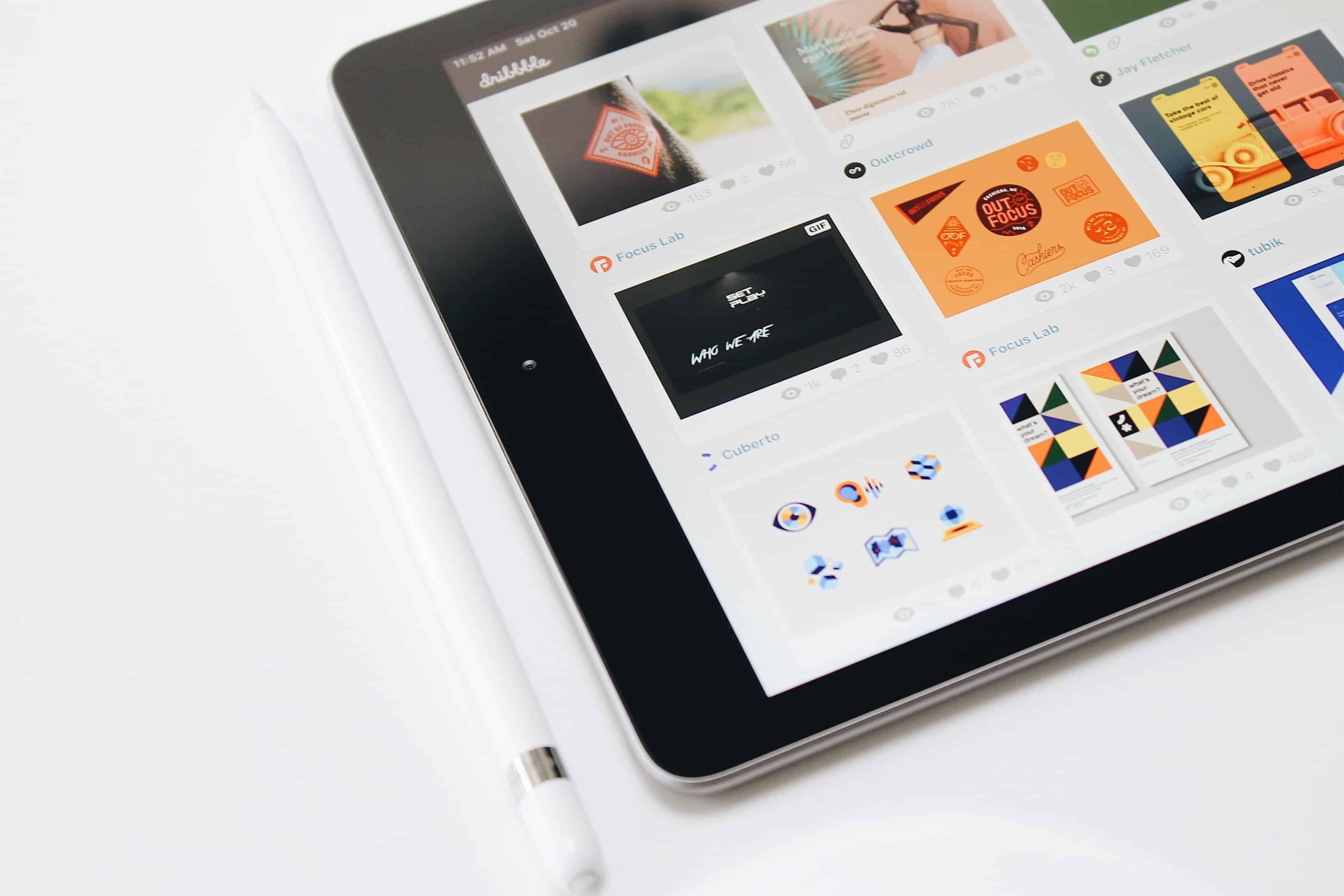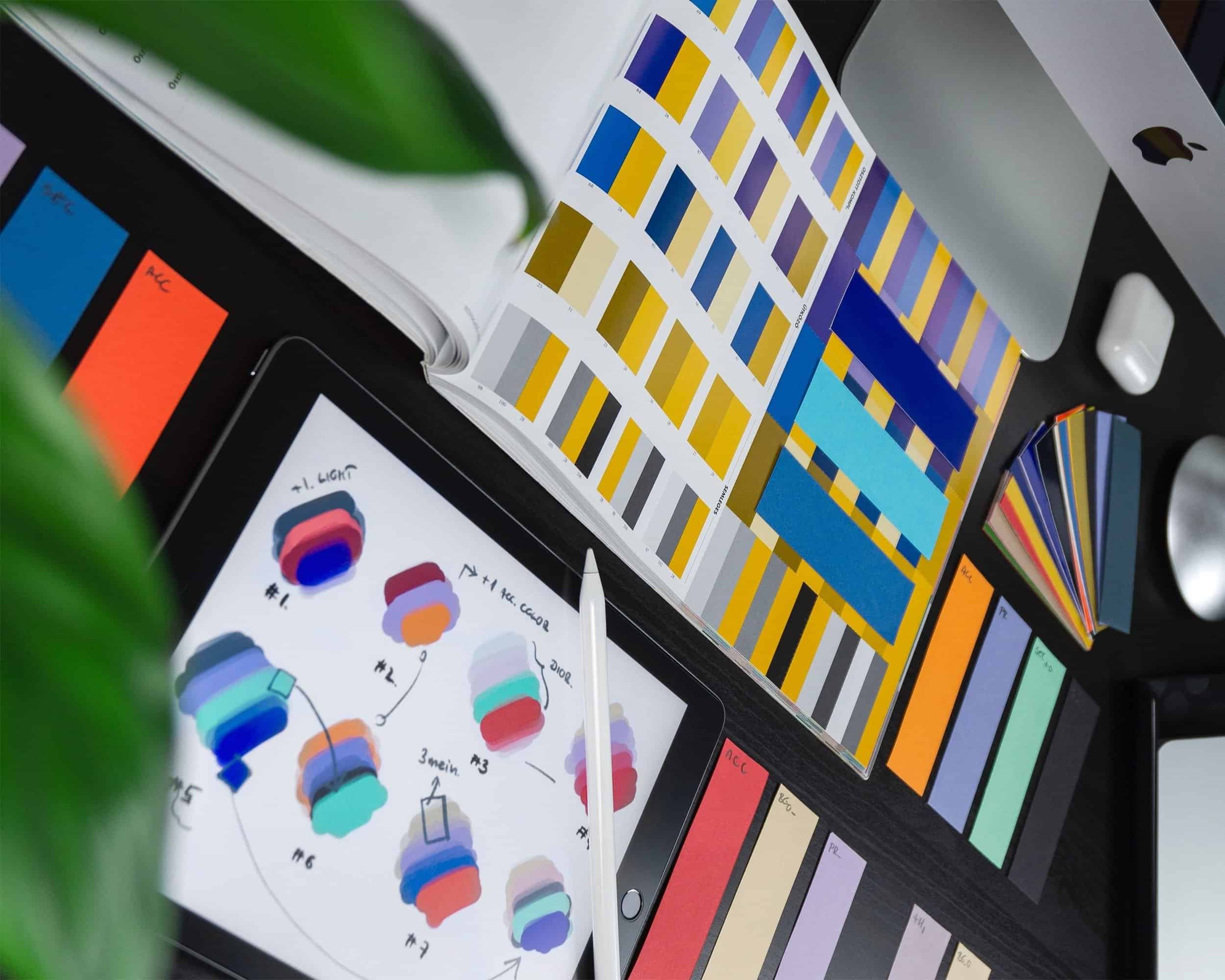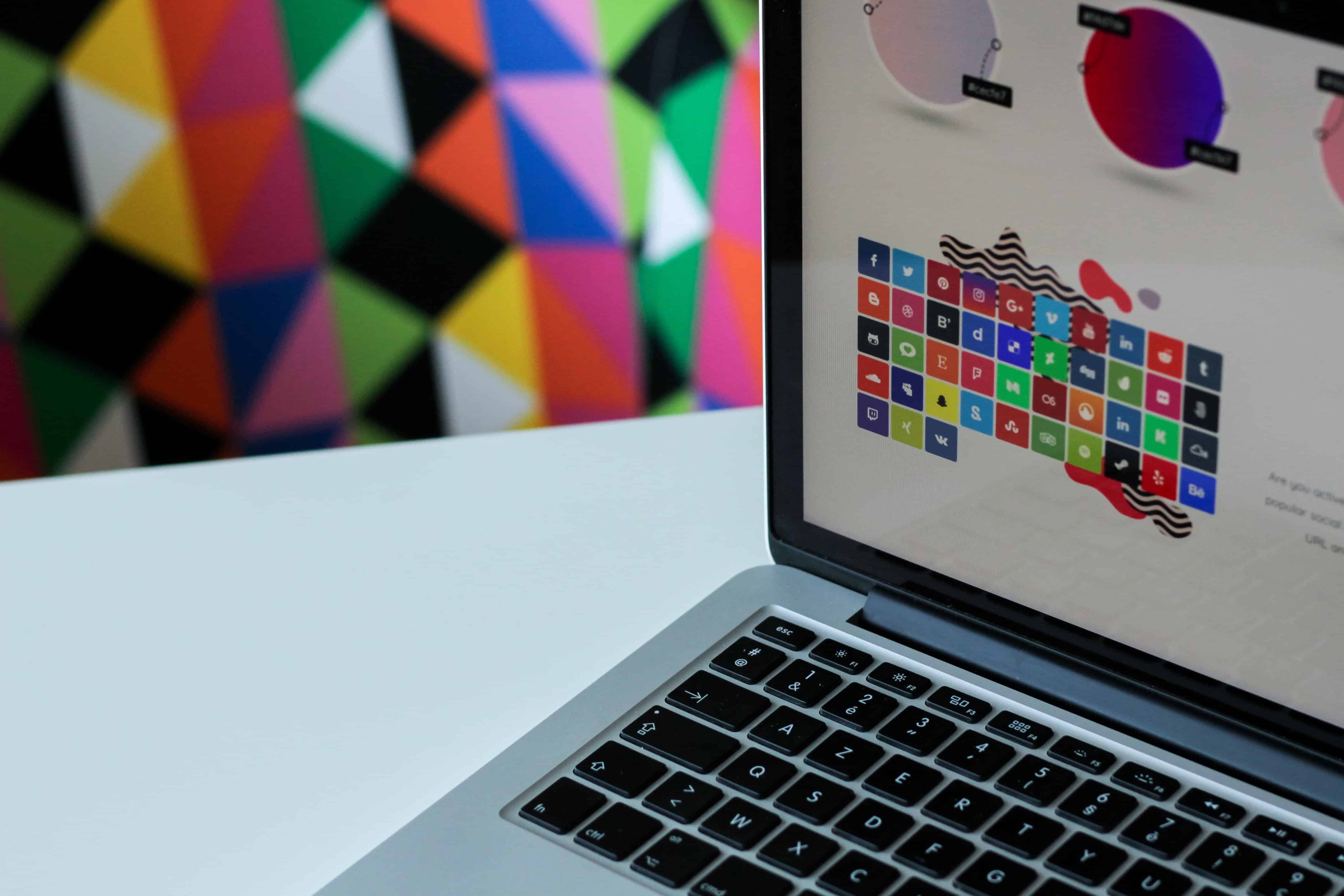60.8% of marketers believe that good graphic design is integral to successful marketing.
So what exactly is graphic design? And what should you expect?
If you have ever wondered what does a graphic designer do and what is it like working with one, you should read on to learn everything you need to know.
So, What Does a Graphic Designer Do?
You’ll have a good idea of what your brand’s main message is, the kind of emotions and reactions you’ll want to evoke out of your ideal customer. A graphic designer’s job, in simple terms, is to take this written message and convey the information visually through imagery, photos, designed elements, and art.

There are many elements that a graphic designer can be expected to deliver from posters, business cards, and brochures through to billboards, logo concepts, and corporate identities.
You might know as the business owner, the collateral that you’d like to be able to use on your clients, but a graphic designer will be the person you hire to bring your marketing collateral to life.
The Tools of a Graphic Designer
Depending on the requirement of the graphic designer, they’ll use various platforms and software to get their job done.
Typically, a graphic designer would have the skill to work within the Adobe Suite of products such as InDesign, Photoshop, and Adobe Illustrator.

The skills you’ll want to look out for when talking to a graphic designer should be directly related to the type of deliverable you’re hoping to receive.
If you’re doing a large document, look out for the word ‘typesetting.’
If you’re doing a super creative project, you’ll want to find someone who specifically mentions being highly-proficient in Adobe products.
The Importance of Your Initial Brief
The briefing process is paramount to the success of your entire project. We cannot emphasize enough how important the initial briefing stage is for both you, and your graphic designer.
A good designer will be able to tell your brand’s story visually. Just one look at the outcome of the artwork the graphic designer produces should invoke both emotion and immediate brand recognition.

Make sure you’re transparent with your brand’s style, your corporate colors, and your expectations for the product. If you have a specific brochure-style in mind, you need to communicate that upfront with your graphic designer.
Many graphic designers will have creative ideas of their own from the get-go; it’s what they do. If you’re looking for this then great, but if you have a strict set of brand guidelines to adhere to, then your initial brief needs to be communicated in as much detail as possible.
In short, your graphic designer’s job is to fulfill your needs by communicating the entire idea of the campaign in an artistic way.
The Process: What to Expect
What to expect in the graphic design process should be understood from the get-go. After the initial brief, these are the things you should keep in mind moving forward.
Remain Realistic
If you’re briefing in a project for seven different brochures and you’re hoping to have the printed version in your hands by this Friday, you’re not realistic. Speak to your graphic designer upfront, find out how many hours they expect to spend on each brochure. Collaborating with a graphic design firm in Dallas can help you manage expectations and timelines more effectively. Their professional input ensures quality results while keeping your project on track.
Work your graphic designer’s estimations into your timeline and listen to them.
Remember, something that may simple to you, for example, “Can you just move that over there and blend that logo,” may seem like a simple request but this might be something that will take a few hours to complete.
Ask your designer what your changes require before you get a surprise that you won’t make your deadline.
Expect Some Changes
Graphic designers are artists; sometimes their interpretation of what you’re looking for might not be the finished product you see in your mind. Discuss how many rounds of proofs you’ll receive for each deliverable and expect that your first draft won’t be perfect.
Graphic Design is a Process
When a graphic designer is working, they’re usually using many layers, many colors, and many components that would look confusing to the man on the street. When you request change after change, make sure you’re specific with the criticism you’re giving them.

General comments are not going to give the designer a good idea on the changes that you’ll be expecting. Instead of saying, “Can you make that color pop more?”
Say, “Could you please try brightening the blue?”
This is being more precise with your feedback and will considerably minimize the number of drafts that you’ll have to go through.
Remember That They are the Expert
Most people briefing a project into a graphic designer will have a very specific idea in mind of what they’re hoping to receive, but remember, a graphic designer would usually have tons of experience.
If he’s made slight changes to your initial brief, ask him to explain why instead of berating him.
There may be very valid reasons from a design or print point of view as to why they’ve done something a certain way, so before you ask them to change it, try to understand why they’ve done it.
Working With Graphic Designers
Asking yourself, “What does a graphic designer do?” has been the first step in your journey. So well done! You have a good idea of what to expect in the process now.
Remember, there are graphic designers that specialize in certain fields. You’ll have a graphic designer that specializes in print, and you’ll have another who specializes in web design. Ensure that you talk to them about your project, your expectations, and the required outcome before you hire one.
If you need further clarity on web design, then read more right here on our blog about this.
